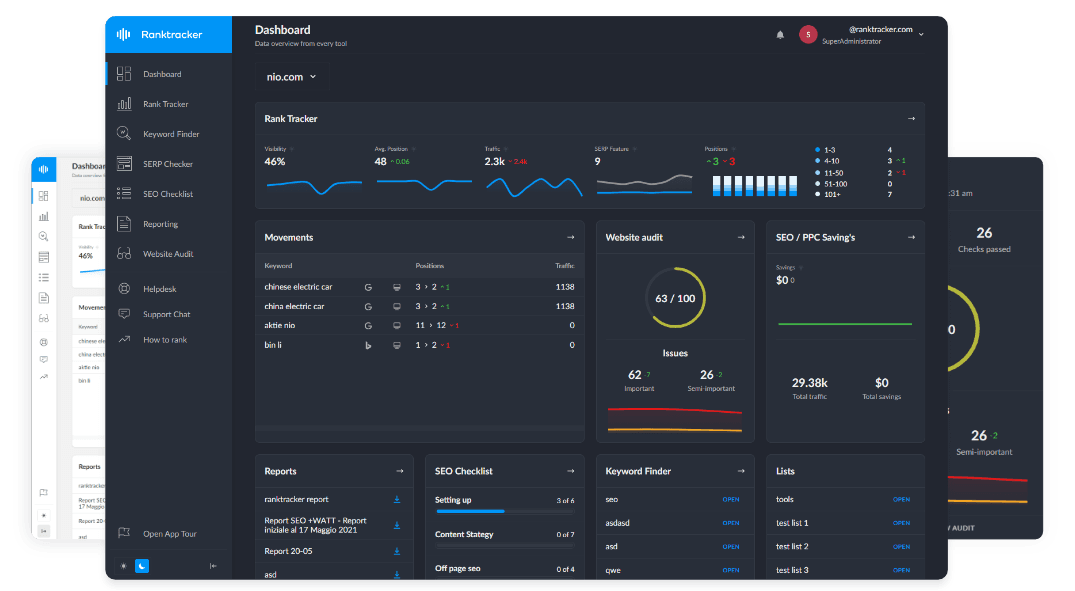Intro
An information graph organizes entities, attributes, and relationships within content. It helps search engines connect topics, improving semantic search, entity recognition, and topical authority.
Why an Information Graph Matters for SEO
- Improves Search Visibility: Google’s Knowledge Graph favors structured, entity-rich content.
- Enhances Internal Linking: Strengthens connections between related pages.
- Boosts Relevance: Increases semantic signals for better rankings.
- Optimizes for AI: Aligns with Google’s BERT and MUM algorithms.
How to Maintain an Effective Information Graph
✅ 1. Identify Key Entities & Relationships
- Define main entities, attributes, and linked topics.
- Example:
- Entity: "Ecommerce SEO"
- Attributes: "Product page optimization, site speed, structured data"
- Related Entities: "Google Core Web Vitals, Internal Linking, Schema Markup"
✅ 2. Use Structured Data & Schema Markup
- Implement JSON-LD schema to clarify entity relationships.
- Example:
{
"@context": "https://schema.org",
"@type": "WebPage",
"mainEntity": {
"@type": "Thing",
"name": "Ecommerce SEO",
"sameAs": [
"https://moz.com/learn/seo/ecommerce-seo",
"https://developers.google.com/search/docs/advanced/guidelines/seo-basics"
]
}
}
✅ 3. Ensure Contextual Consistency Across Pages
- Align content topics and links to reinforce relevance.
- Example:
- Main Page: "SEO for Ecommerce"
- Supporting Page: "Product Page Optimization Techniques"
- Internal Link: "Learn more about product page SEO [here]."
✅ 4. Optimize for Entity-Based Search
- Use related entities in content for stronger search visibility.
- Example:
- "Google’s E-E-A-T framework evaluates expertise and trust."
- "Schema markup helps connect web content to known entities."
✅ 5. Use Visual Knowledge Graphs
- Represent connections using diagrams, concept maps, or linked data.
- Example:
- A topical map showing how "SEO" connects to "On-Page SEO," "Technical SEO," and "Local SEO."
Common Mistakes to Avoid
❌ Unstructured Content
- Pages without clear entity relationships lack semantic depth.
❌ Poor Internal Linking
- Weak contextual links limit information flow.
❌ Overusing Keywords
- Focus on semantic relevance, not keyword density.
Best Tools for Maintaining an Information Graph
- Google Knowledge Graph API – Checks entity presence in search.
- Ranktracker SERP Checker – Analyzes content visibility.
- Schema Markup Validator – Ensures correct structured data implementation.
Conclusion: Strengthening SEO with Information Graphs
An information graph improves content structure, entity recognition, and search relevance. Using structured data, internal linking, and semantic relationships, websites can optimize for AI-driven search.
Start enhancing content structuring with Ranktracker today!

